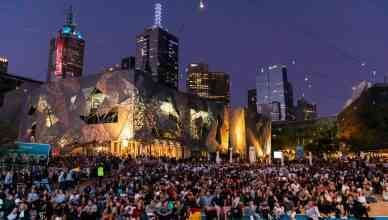A surprising statistic published in May 2011, by the United States Small Business Administration was that family-owned businesses account for 90% of all businesses in the United States (large and small) [www.sba.gov]. From two-person shops to the largest family businesses in the U.S., there are family dynamics and family challenges that don’t surface in the day-to-day management of other businesses. A business that was founded and currently owned by a family and includes, as managers and employees, two or three generations of the family, has a different set of obstacles surfacing continually during the course of business.
By definition, a family business is founded by an older generation and passed down to a younger generation. As simple as it sounds, the act of turning over management, succession, retirement, and even absorbing new technologies and new business methods, is a “dangerous change” to a family business. Change, in management and the business climate, the economy, law, and regulation, can throw any business into an emergency planning mode. For the family business, change can be “dangerous”, as the relationships between family members, emotions, expectations, even distribution of power within the family itself, compounded by the need to change, can throw the business into a downward spiral.
One of the most “dangerous” areas of change is a change in technology. Family businesses that have to visit customers to make pickups, deliveries, or service-stops, or multi-generational businesses that have a fleet, have traditionally depended on the memories of their drivers, or their founder’s own knowledge of the area covered. Vehicle and fleet route planning software has revolutionized the industry, making it possible to eliminate the step of perusing a map, writing a list of stops, and navigating new areas of a town by word of mouth. Route optimization software, to those businesses that use it, is as crucial to business as cellular phones are to communication. Yet incorporating routing software to take the place of map-reading, for driver route planning, can be a major obstacle to overcome, in the family business. For example, a family that owns and operates a nationwide fleet (and needs fleet route planning) may have a separate set of challenges than a family-owned flower shop that has a driver making 10-15 stops per day.






